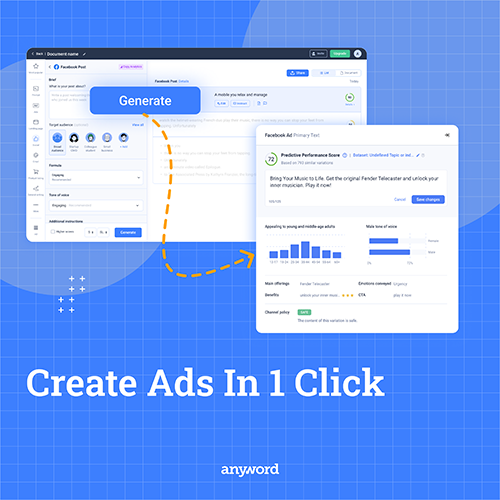Is your business growing and you need to employ your first employee? Or you’ve already employed people, but you’re not sure if you have everything covered?

Here are some things you need to consider:
- The cost of employing someone
Have you considered the cost of salary/wages, superannuation, workers’ compensation insurance, annual leave, long service leave, leave loading, sick leave, induction, training, uniform/protective clothing, tools, vehicles, plant and equipment, computers, workstations.
- Decide on the person’s employment status
Do you need a full-time, part-time or casual employee? Is it for a fixed term or is the employment ongoing? Or maybe you need a contractor.
- What qualifications or experience does the person need?
Do you need someone with experience, or will you train them?
- Hiring someone who will fit into your culture is so important. Find someone who shares your values and will fit in.
- Write a position description.
- How will you find your new employee?
Have you thought about where you will advertise the vacant position?
There are a number of recruitment websites & recruitment agencies, or you could consider advertising on social media.
Recruit for attitude and a good fit with your business culture.
Be thorough – make sure you have a good recruitment process and reference check any candidates you are considering.
- Know the award/agreement & the correct pay rates
What Award will your new employee will be employed under?
An employee’s minimum conditions of employment will come from their Award or your Enterprise Agreement. It’s important to understand the minimum entitlements and then work out what you are going to offer in relation to salary and other benefits.
Most employees will be entitled to things like annual leave & personal/carer’s leave if they are permanent employees. They could also be entitled to the allowances and penalty rates.
Casuals don’t get leave, but they do get an extra 25% in their pay.
Make sure you understand the correct pay rates, allowances and penalty rates that apply to your staff.
- WHS and worker’s compensation
You need to provide your employees with a safe workplace. You also need to have workers’ compensation insurance for your workers.
It’s important to make sure you are aware of your obligations and that your employees are aware of their rights and responsibilities too.
- Paperwork
Once you’ve been through the recruitment process and your new employee is about to start work, it’s time to start the onboarding process for the employee and get them started. There are a number of different forms and documents that are needed:
-
- Offer of Employment
An employment contract needs to be given to your new employee. This needs to be signed by both parties to confirm the acceptance of the offer of employment. This can be paper-based or can be done through a cloud-based HR system.
-
- Fair Work Information Statement
The National Employment Standards (NES) provide the minimum conditions for all employees in Australia. The provision of the Fair Work Information Statement is one of the ten requirements of the NES.
The Statement explains each of the NES as well as information about:
-
-
- Awards;
- Agreements;
- Role of the Fair Work Commission and Ombudsman;
- Termination; and
- Individual flexibility arrangements.
-
As an employer, you can be fined up to $51,000 if you are a corporation or $10,200 if you’re an individual if you don’t provide an employee with the Statement.
You can download the Fair Work Information Statement here and give it to your new employees before they start work (or as soon as practicable after they start).
You can give your employees the FWIS:
-
-
- in person
- by mail
- by email
- by emailing a link to the FWIS
- by fax.
- Personal Information
-
You need to ensure that you have all the relevant personal information about your new employee. Important information like their contact details, address and emergency contact details is a good starting point. Knowing who to contact in case of emergency is very important and this section should always be filled out.
-
- Tax, Banking & Superannuation
You need to ensure that all staff members complete and sign a Tax File Number Declaration form and that you are provided with their Tax File Number (TFN). The Tax File Number Declaration form is important as it lets you know whether the employee will be claiming the tax-free threshold so you know the correct amount of tax to withhold. An employee also needs to provide you with their bank details and their superannuation details so that their pay can be paid into their bank account and their superannuation can be paid correctly into their chosen superannuation account. If they don’t have a superannuation fund already set up you can provide them with forms and information on the relevant industry super fund or your preferred super fund. These details can also be provided through an HR system.
-
- Licences/Qualifications
If the employee holds any licences or qualifications that are relevant to the position, then you should obtain copies of these licences and certificates for your records, setting reminders if there are any expiry dates so you can ensure that they update these licences or certificates before they expire. It’s good practice to keep records of driver’s licences, safety or training certificates and any qualifications or trade certificates.
-
- Policies and Procedures
Make sure your new employee receives a copy of your HR Policies & Procedures and that they sign a document stating that they have read and understood the policies. This is important as it ensures your employees understand your expectations including compliance with HR & WHS legislation.
It’s also a good idea to issue your new employee with any other operational policies and procedures that they need to do their job effectively which may include information about your business and your clients/customers and partners.
You may want to keep a digital copy of these documents as there is less risk of them going missing. Saving a copy in ‘the cloud’ either in a cloud-based storage location or a cloud-based HR system means that they can be accessed from anywhere at any time.






















